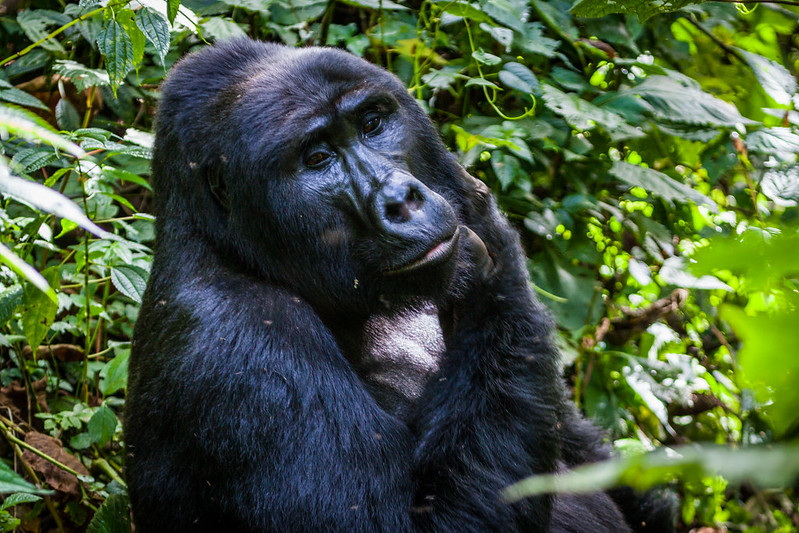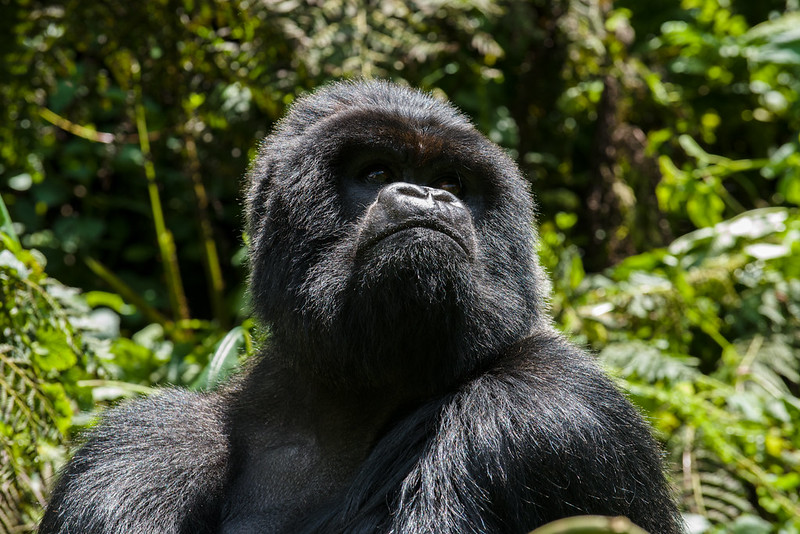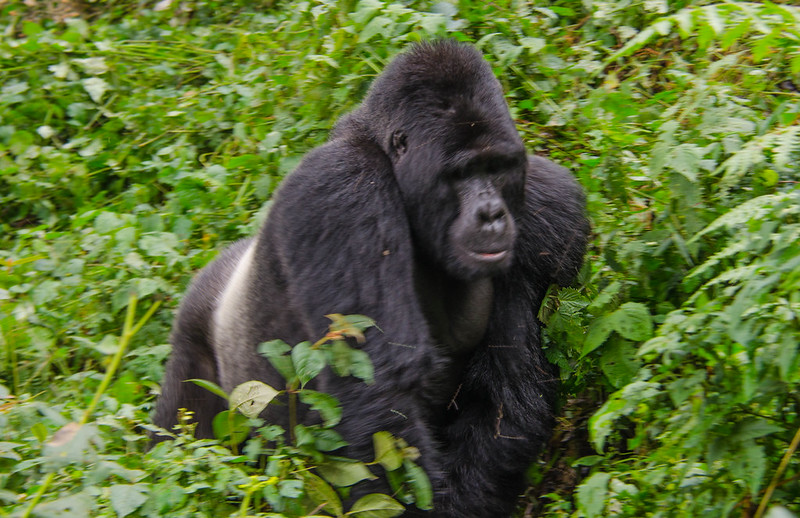Gorilla tracking in Uganda. Going on a gorilla tracking safari in Uganda is sure to…
The Uniqueness of Karamoja
Karamoja is a region located in northeastern Uganda. It is bordered by South Sudan to the north, Kenya to the east, and the regions of Teso and Acholi to the south and west, respectively. Karamoja is known for its unique culture, rich history, and stunning landscapes.
The region is predominantly inhabited by the Karamojong people, who are pastoralists and renowned for their traditional cattle-keeping practices. The Karamojong are known for their distinctive attire, which includes colorful beads, blankets, and elaborate hairstyles. Their way of life is closely tied to their livestock, particularly cattle.
Karamoja is also home to several national parks and reserves, offering opportunities for wildlife viewing and outdoor adventures. Kidepo Valley National Park is a notable highlight, renowned for its abundant wildlife, including elephants, lions, giraffes, zebras, and various bird species. The park is often considered one of Africa’s most pristine and remote wilderness areas.
Additionally, Karamoja has a unique landscape characterized by rugged mountains, sprawling plains, and picturesque valleys. Mount Moroto and Mount Napak are popular destinations for hikers and nature enthusiasts.
The region has been undergoing development initiatives in recent years to promote tourism and improve infrastructure.
The Uniqueness of Karamoja
Karamoja is often celebrated for its unique characteristics, which set it apart from other regions in Uganda. Here are some aspects that contribute to the distinctiveness of Karamoja
Cultural Heritage
The Karamojong people have a rich cultural heritage that is deeply rooted in their traditional way of life. Their nomadic pastoralism and strong attachment to cattle herding distinguish them from other ethnic groups in Uganda. The Karamojong’s distinctive attire, hairstyles, rituals, music, dance, and storytelling traditions showcase their cultural uniqueness.
Warrior Culture
Karamoja has a long history of warrior culture, and the Karamojong are known for their fierce independence and resilience. They have a reputation for their warrior skills, including spear throwing and archery. Traditional warrior regalia, such as headdresses and arm bracelets, play a significant role in their cultural identity.
Traditional Cattle Keeping
Cattle play a central role in Karamojong society. The Karamojong are skilled cattle herders and maintain a strong bond with their livestock. Cattle are considered a symbol of wealth, status, and cultural identity. Their cattle-keeping practices, such as cattle rustling and elaborate cattle ceremonies, contribute to the unique cultural fabric of Karamoja.
Scenic Landscapes
Karamoja boasts diverse and stunning landscapes, including rugged mountains, vast plains, and dramatic valleys. The region’s unique geography, with its rocky outcrops and volcanic formations, creates a breathtaking backdrop. The untouched beauty of Karamoja’s landscapes, including the remote wilderness of Kidepo Valley National Park, attracts nature lovers and adventure seekers.
Remote and Off-the-Beaten-Path
Karamoja is often considered one of the most remote and least developed regions in Uganda. Its isolation has helped preserve traditional practices and cultural authenticity. For travelers seeking an off-the-beaten-path experience and a chance to immerse themselves in a unique cultural setting, Karamoja offers a distinct alternative to more popular tourist destinations in Uganda.
These unique aspects make Karamoja a fascinating and culturally vibrant region, offering visitors an opportunity to explore a less-explored part of Uganda and engage with a distinct way of life.


